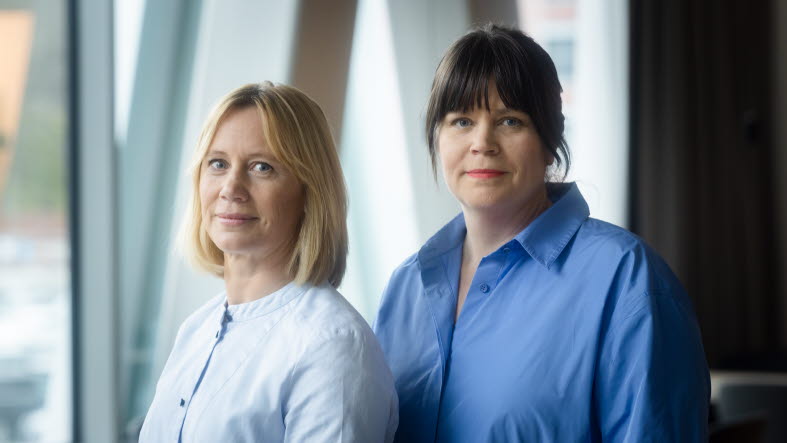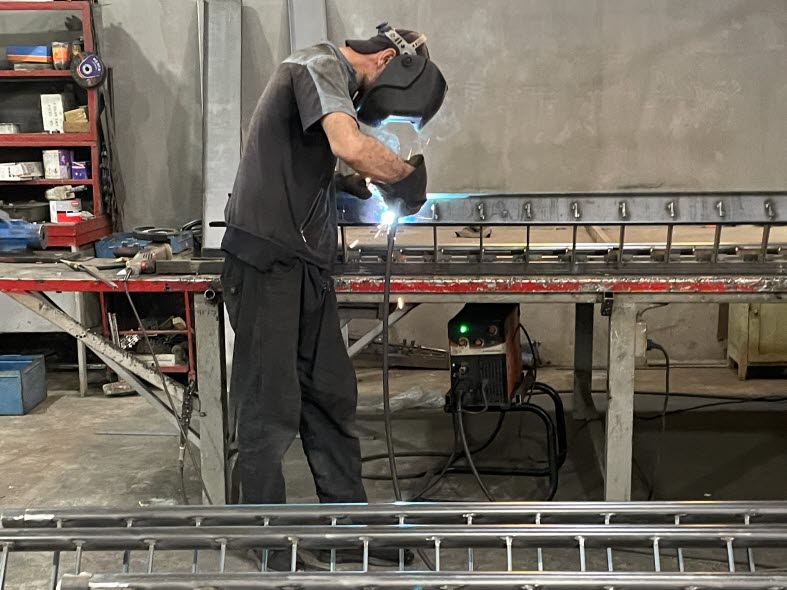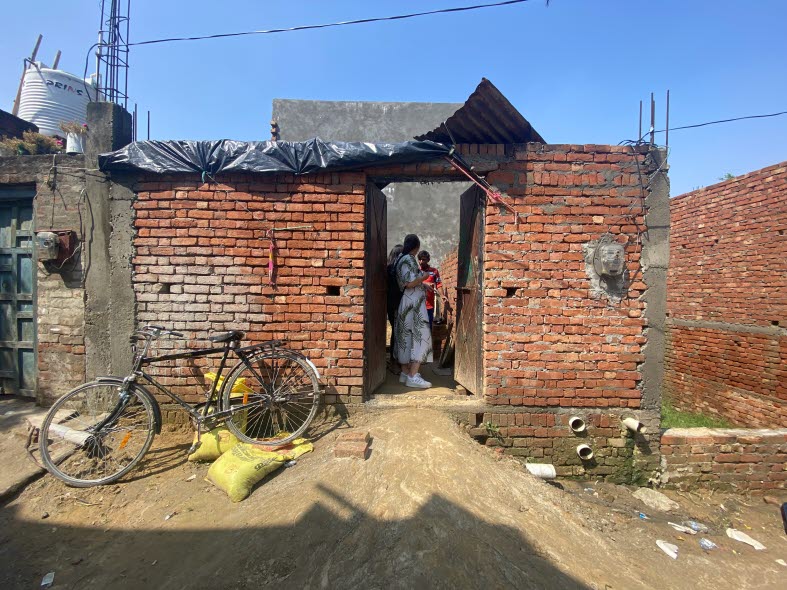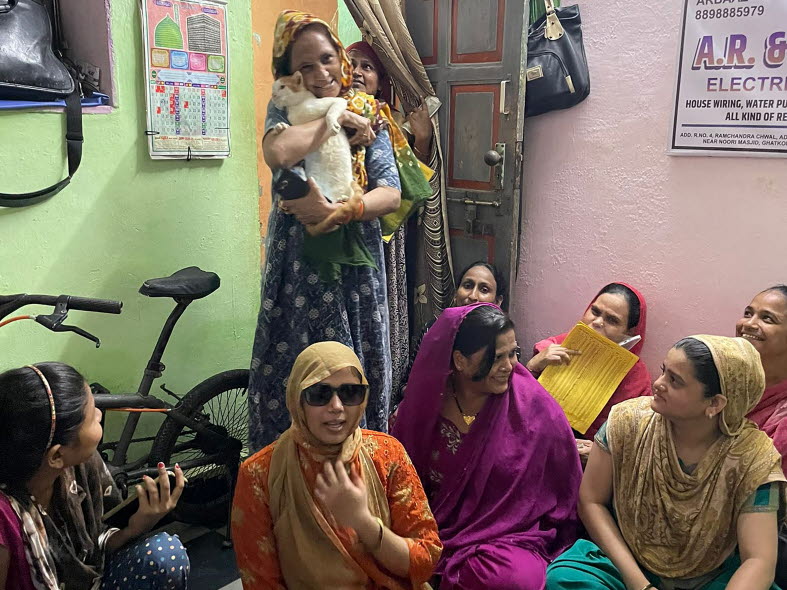A long-term co-operation with Swiss company Symbiotics
In 2013 SEB was the first Swedish bank to launch a microfinance fund, with pension and insurance companies among its investors. Recently, the financing rounds for the bank’s tenth microfinance fund were completed – and Swiss company Symbiotics has been a partner, all the way from the start.
“Symbiotics identify local lending institutes on our behalf and conduct due diligence of these, to make sure that they live up to our high set of standards. After this we, the portfolio managers at SEB, make a decision on every investment that is carried out”, Camilla Löwenhielm says.
Symbiotics is also involved in the portfolio managers’ many trips around the world.
“We go to meet various borrowers together with their analysts. In India, for example, we visited a clothing store, where we got to speak to the owner and look at his warehouse and ledger. We also met up with a group of women, who gather weekly in one of their homes, to meet the microfinance institute’s representative and make instalments on their respective loans. Among other things, we discussed the challenges related to Covid-19 with these women”, Hanna Holmberg says.
“Meetings like these give us a clear image of how local businesses work and the challenges they are facing”, Camilla Löwenhielm summarises.





